14 or 12 gauge wire in remodel ?
blue_fastback
16 years ago
Featured Answer
Sort by:Oldest
Comments (22)
normel
16 years agobigbird_1
16 years agoRelated Professionals
Asheboro General Contractors · Corsicana General Contractors · Dunkirk General Contractors · Medway General Contractors · Mobile General Contractors · Nashua General Contractors · New Braunfels General Contractors · Roselle General Contractors · Ramsey Solar Energy Systems · Jamaica Plain Home Automation & Home Media · Kansas City Home Automation & Home Media · La Crescenta-Montrose Home Automation & Home Media · Leesburg Home Automation & Home Media · Pittsburgh Home Automation & Home Media · Safety Harbor Home Automation & Home Mediadavidandkasie
16 years agobillhart
16 years agojoed
16 years agogilshultz
16 years agobillhart
16 years agobigbird_1
16 years agopetey_racer
16 years agotexasredhead
16 years agoarichard21
16 years agomatt_m
15 years agopetey_racer
15 years agobigbird_1
15 years agotjdabomb70
15 years agostallaep_rogers_com
13 years agobleon2009_gmail_com
13 years agoLinda West
6 years agomtvhike
6 years agoJames VerWeire
5 years agoRon Natalie
5 years ago
Related Stories
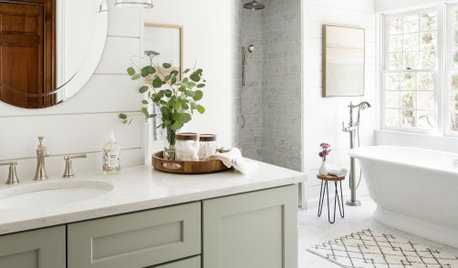
BATHROOM DESIGN14 Design Tips to Know Before Remodeling Your Bathroom
Learn a few tried and true design tricks to prevent headaches during your next bathroom project
Full Story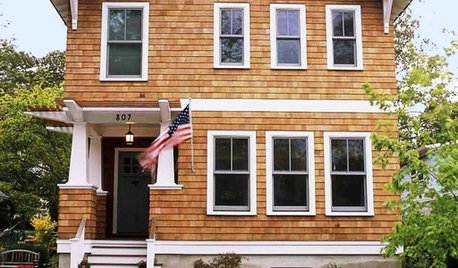
MOST POPULARDecorate With Intention: 12 Remodeling Sanity Savers
When the idealistic visions subside and reality sets in, these tips can help keep your spirits up and your work on track
Full Story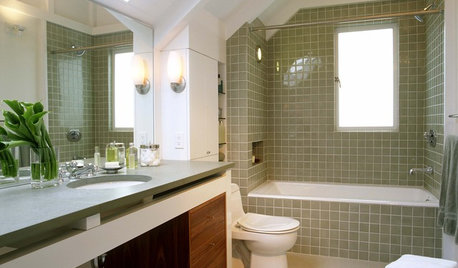
BATHROOM DESIGN12 Things to Consider for Your Bathroom Remodel
Maybe a tub doesn’t float your boat, but having no threshold is a no-brainer. These points to ponder will help you plan
Full Story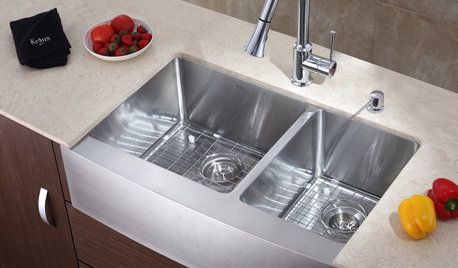
MOST POPULAR8 Little Remodeling Touches That Make a Big Difference
Make your life easier while making your home nicer, with these design details you'll really appreciate
Full Story
MOST POPULAR15 Remodeling ‘Uh-Oh’ Moments to Learn From
The road to successful design is paved with disaster stories. What’s yours?
Full Story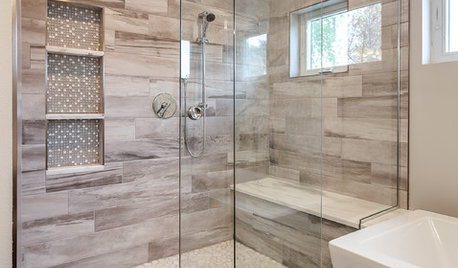
BATHROOM DESIGN10 Things to Consider Before Remodeling Your Bathroom
A designer shares her tips for your bathroom renovation
Full Story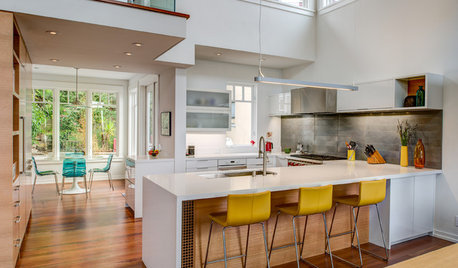
INSIDE HOUZZHouzz Survey: See the Latest Benchmarks on Remodeling Costs and More
The annual Houzz & Home survey reveals what you can expect to pay for a renovation project and how long it may take
Full Story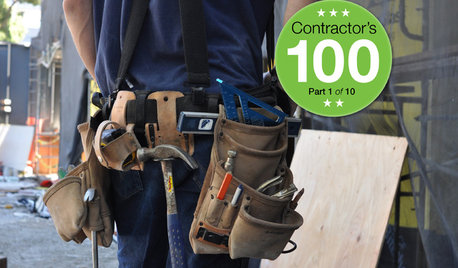
MOST POPULARContractor Tips: Top 10 Home Remodeling Don'ts
Help your home renovation go smoothly and stay on budget with this wise advice from a pro
Full Story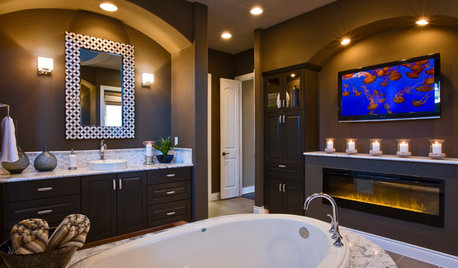
CONTRACTOR TIPSThe 4 Potentially Most Expensive Words in Remodeling
‘While you’re at it’ often results in change orders that quickly add up
Full Story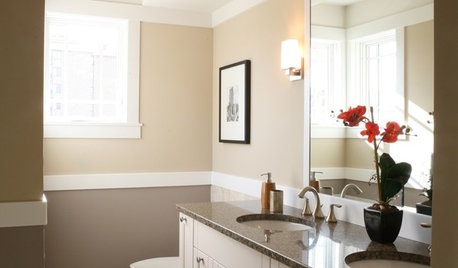
REMODELING GUIDES8 Remodeling Costs That Might Surprise You
Plan for these potential budget busters to keep a remodeling tab from escalating out of control
Full StorySponsored
Columbus Area's Luxury Design Build Firm | 17x Best of Houzz Winner!
More Discussions









mike__b